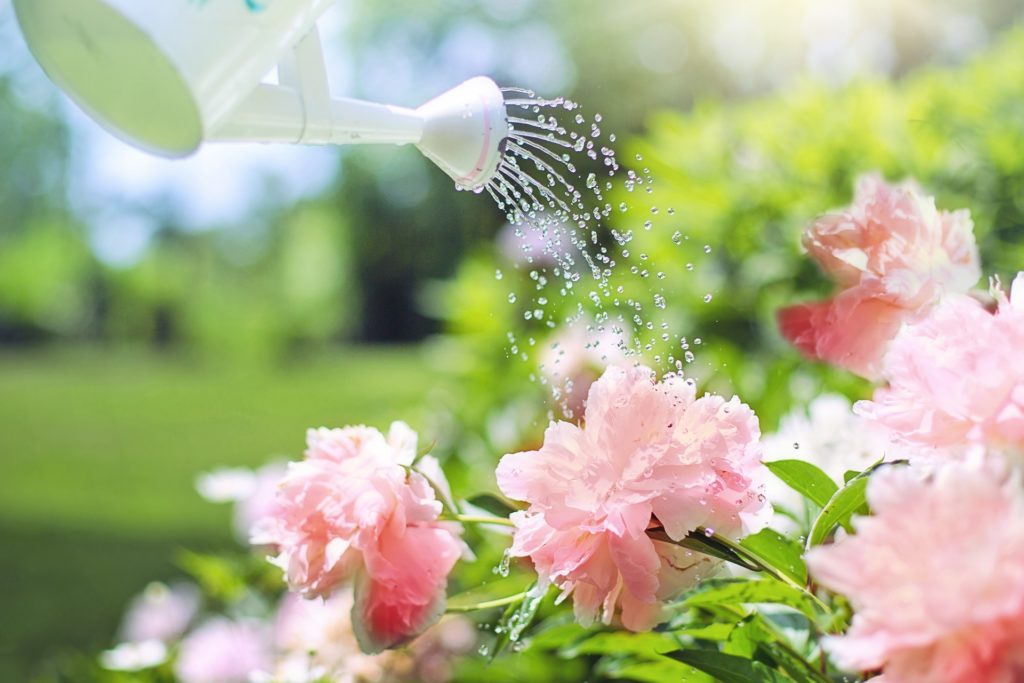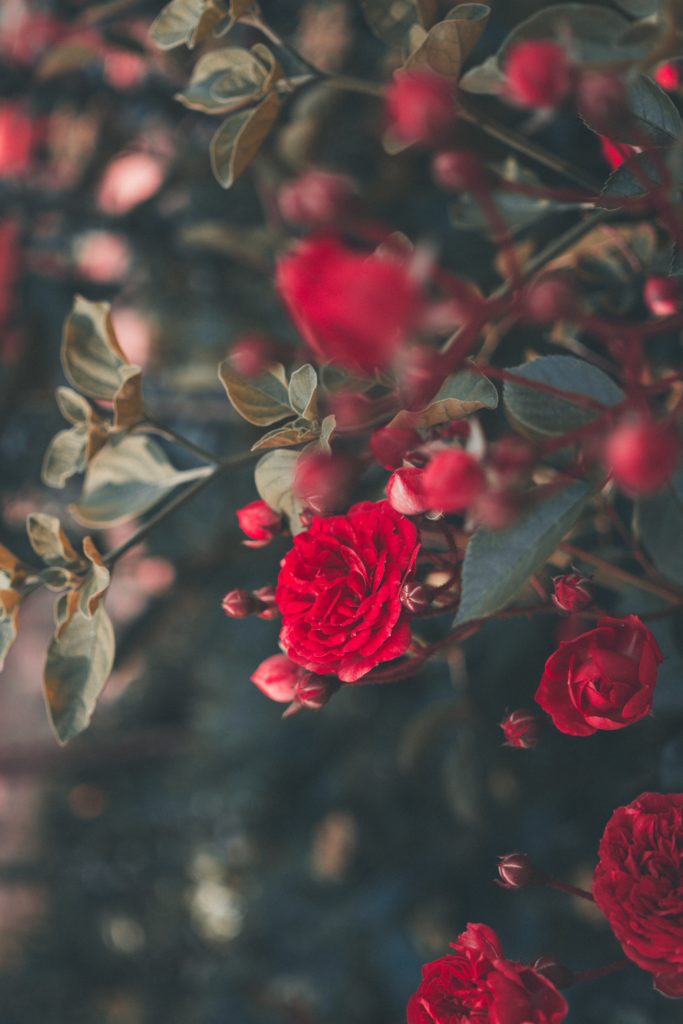Silence, it’s gardening!!!!!
This promised summer you will be able to have your rosebush in full bloom and health. We will provide you with all our care tips so that your rose can flourish. Watering, pruning, choice of fertilizer, association with other perennials, and other gardening tips: discover all our best tips to take the best care of your roses.
The secrets of perfect watering!
In the first years, watering your roses is not to be neglected. It is advisable to dig a basin at the bottom of the roses, covered with mulch to maintain moisture. In very dry weather we recommend that you gradually water a 15 L watering can at the roses‘ feet every 15 days. And so it is
promote the growth of the rosebush and allow it to flower more abundantly.
When summer comes, you can water them once a week, avoiding the foliage of course. It is better to water copiously than by drip watering.
After its first two years, it is necessary to moderate the watering of the roses. From 4/5 years old the rosebush has the ability to draw water from deep within.

On your marks ready TAILLE!!!
On sunny days it is important to do a small spring pruning to boost their flowering.
“Botanical” roses do not necessarily require regular maintenance pruning. Their flowering takes place on the twigs of the following year.
The size of the roses will only be irregular, spaced 3 to 5 years apart. It will simply be necessary to thin out the clumps that have become dense, by completely removing the dead or excess branches. If properly maintained, a rosebush will regenerate much more easily and last for a long time.
For upwelling shrub roses, their size should be considered as a summer flowering shrub. It is therefore necessary to take care of their size at the end of winter by leaving a framework adequate for their development. This will give you a good annual vegetation, a greater number of flowers and a better distribution of flowering.
A little advice in addition, if you prune your roses regularly enough, by removing the wilted flowers, you will avoid the formation of fruits and seeds. This will allow your rising rose to flower again.



